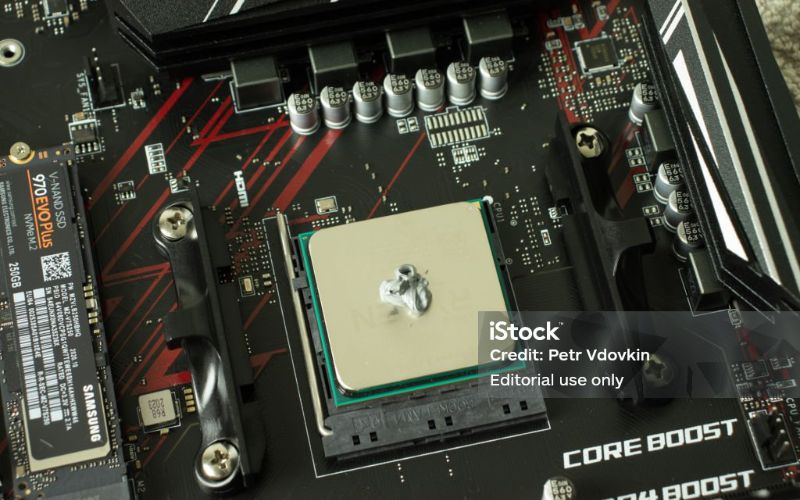What is a Vapor Chamber?
A vapor chamber is a key component in many electronic cooling systems. It consists of a flat plate filled with a small amount of liquid that evaporates at a low temperature. This vapor then spreads out within the chamber, absorbing heat from the electronic components, and eventually condenses back into liquid form.
How Does a Vapor Chamber Work?
The vapor chamber works on the principle of phase change cooling. By absorbing heat from the electronic devices, the liquid evaporates and moves to cooler areas within the chamber. This allows for efficient heat transfer and helps maintain a consistent temperature across the surface of the chamber.
The temperature range of a vapor chamber can vary depending on the design and materials used. Typically, vapor chambers are capable of operating within a temperature range of -40°C to 150°C. Some high-performance vapor chambers can even exceed this range, making them suitable for extreme conditions.
Benefits of Using a Vapor Chamber
One of the main benefits of using a vapor chamber for cooling electronic devices is its ability to provide uniform temperature distribution. This helps prevent hot spots and ensures that all components are operating at optimal temperatures. Additionally, vapor chambers are lightweight and can be customized to fit specific device requirements.
Applications of Vapor Chambers
Vapor chambers are commonly used in applications where traditional cooling methods may not be effective. This includes high-powered electronics such as gaming PCs, servers, and LED lighting systems. Vapor chambers are also used in aerospace and automotive industries for thermal management.
Factors Affecting Temperature Range
Several factors can influence the temperature range of a vapor chamber, including the type of working fluid, the thickness of the chamber walls, and the overall design of the chamber. Additionally, external factors such as ambient temperature and airflow can also impact the performance of the vapor chamber.
Thermal Conductivity of Vapor Chambers
Vapor chambers have high thermal conductivity, allowing them to quickly transfer heat away from electronic components. This property makes them ideal for applications where rapid heat dissipation is crucial, such as in high-performance computing and medical devices.
Limitations of Vapor Chambers
While vapor chambers offer many advantages for thermal management, they are not without limitations. One of the main drawbacks is the cost of manufacturing vapor chambers, which can be higher than traditional cooling solutions. Additionally, vapor chambers may require additional maintenance to ensure optimal performance.
Future Trends in Vapor Chamber Technology
As electronic devices continue to become more powerful and compact, the demand for efficient cooling solutions like vapor chambers is expected to rise. Manufacturers are exploring new materials and designs to improve the performance and durability of vapor chambers, paving the way for advanced thermal management solutions.
Conclusion
In conclusion, vapor chambers are a versatile and efficient cooling solution for a wide range of electronic devices. With their ability to provide uniform temperature distribution, high thermal conductivity, and customizability, vapor chambers are becoming increasingly popular in industries where thermal management is critical.
Quote Inquiry
Contact us!

